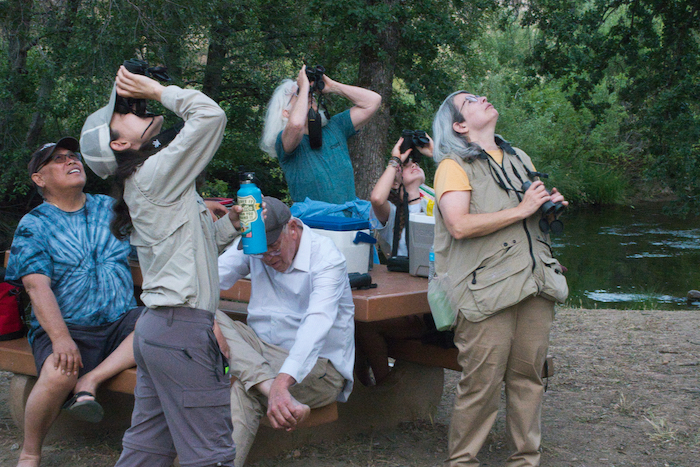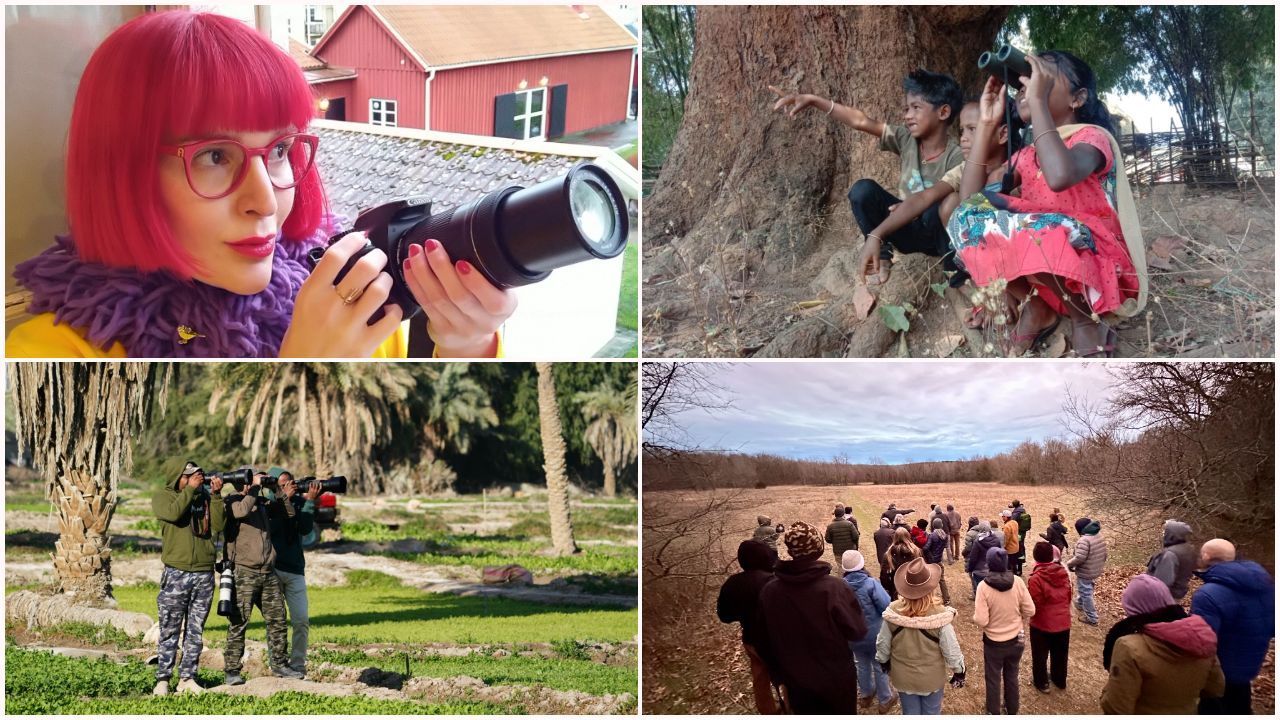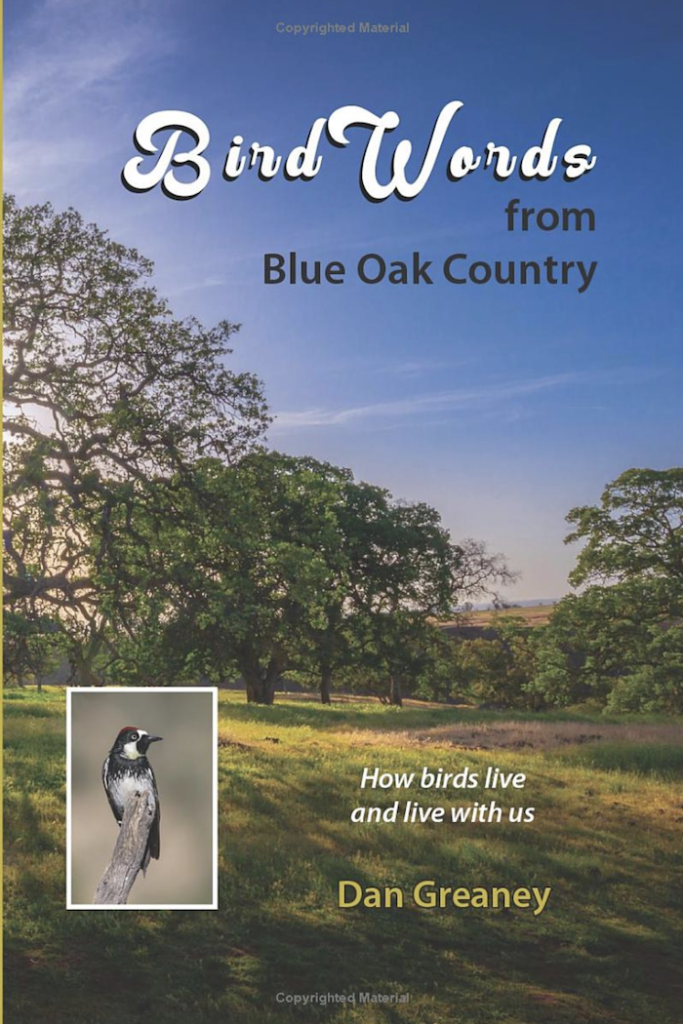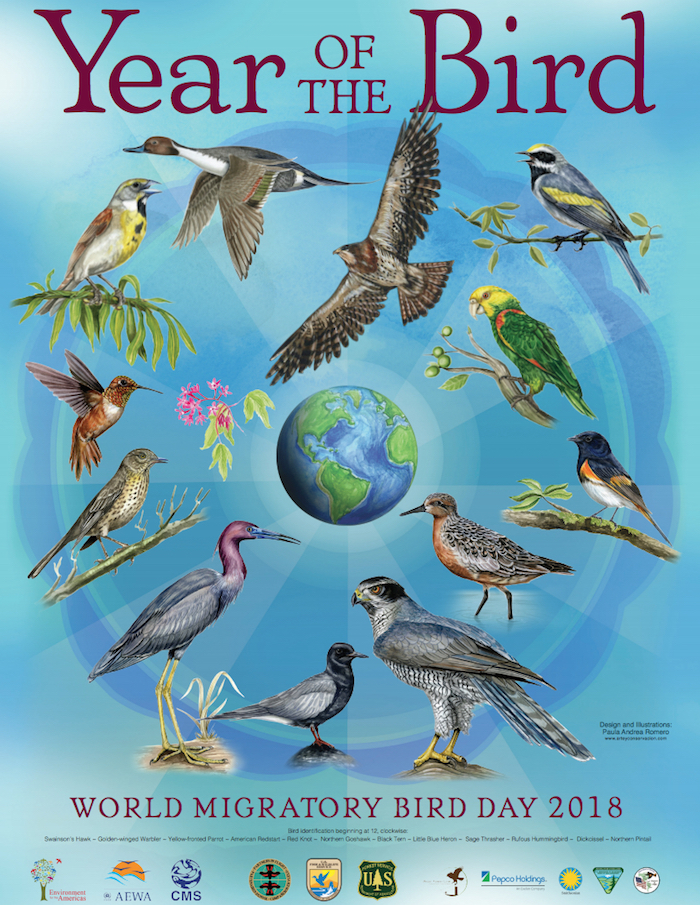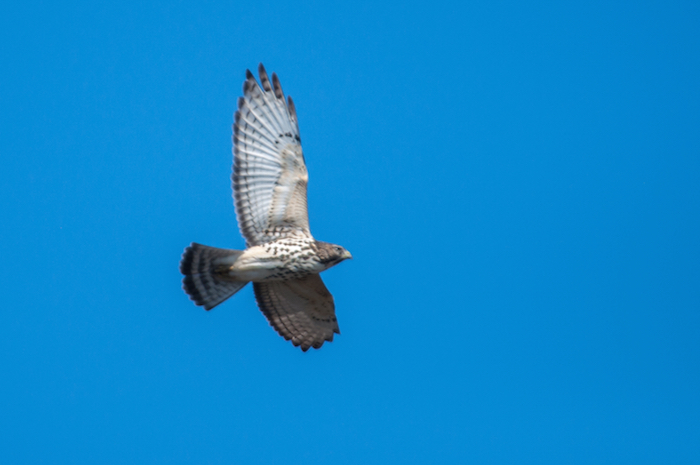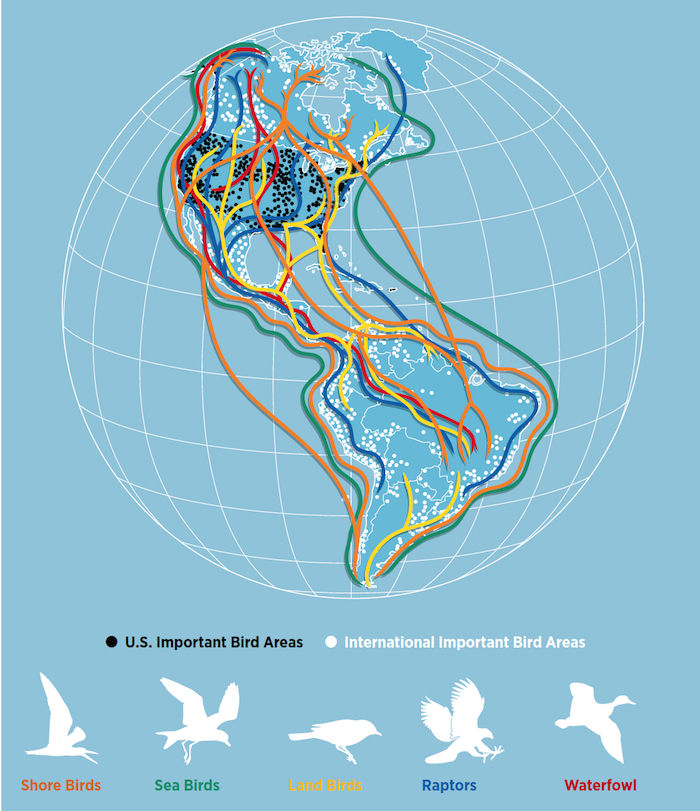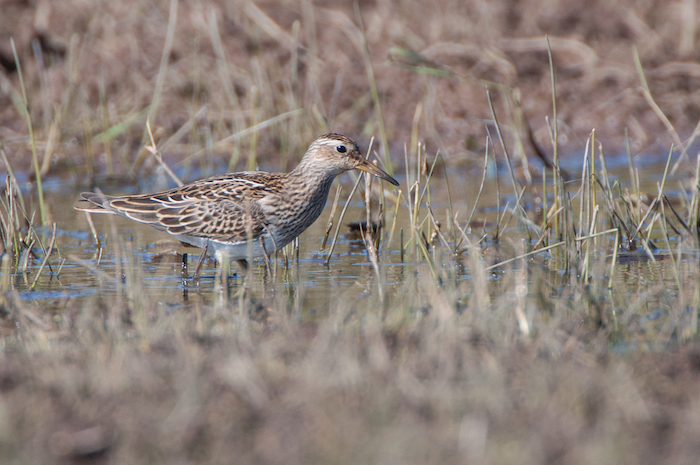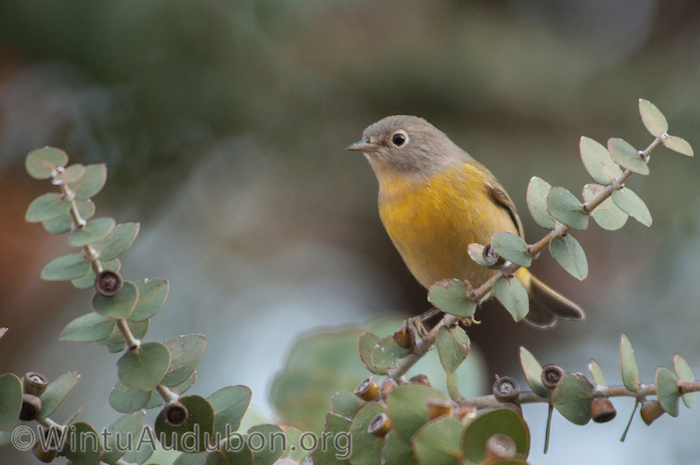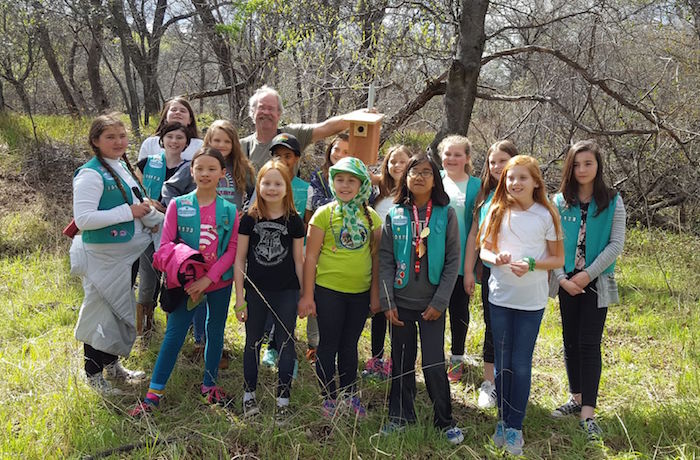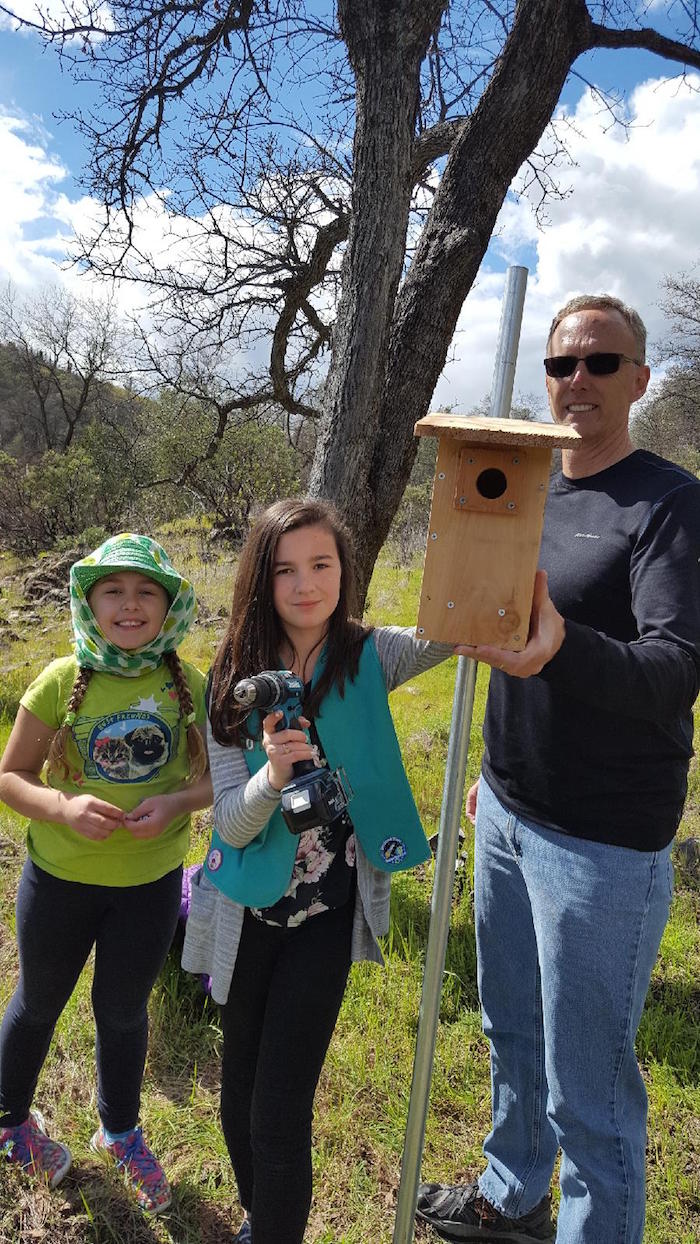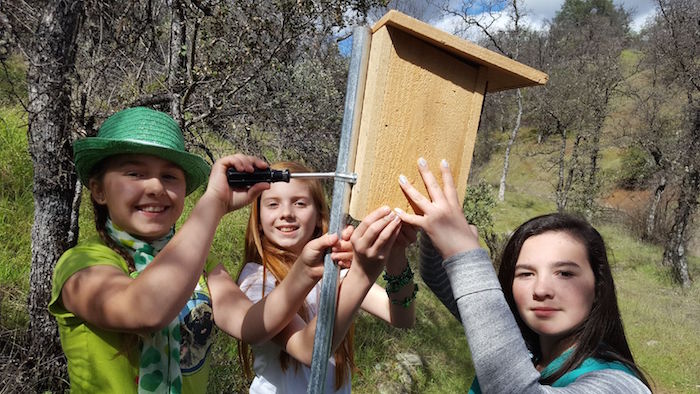If your in-box looks like mine, you’ve received a lot of email about the administration’s first draft of a budget outline. There’s a lot of bold-faced or bright red type on those emails and they make it sound like the proposed budget cuts are a done deal. Audubon thinks you deserve a more thoughtful response. Those emails would also lead you to believe that an executive order to begin the long process of undoing the Clean Power Plan is the end of the line. In fact, the administration’s budget proposal was designed to generate headlines about living up to campaign promises, but it also divided Americans on core values like clean air and clean water. The executive orders are just the beginning of a years-long process that will test the Audubon network’s commitment to science, community and fairness.
Keep in mind a president’s budget proposal is just that: an opening bid. More details will emerge in the coming weeks. Those details will be debated for months in Congress. As we’ve seen in recent weeks on issues ranging from privatizing public lands to health care, you have a chance as constituents to influence how that budget gets shaped. As the voice of birds, Audubon will be by your side. We’ve worked to protect funding for the places birds need for 111 years—with Democrat and Republican presidents and across party lines in Congress. And in the coming weeks and months, we will work harder than ever with our elected representatives on both sides of the political aisle to make sure we continue to protect the clean air, clean water, and stable climate birds and people need to thrive.
It’s clear that this administration, left unchecked, will fundamentally step back from all of those protections in the name of reducing the role of government. While it’s the nature of bureaucracies to need an occasional pruning, other agendas are at work, serving special interests like big oil and coal as well as the super-wealthy.
Audubon’s leadership chooses to engage with this administration as we have with 28 that preceded it. We simply won’t stand aside while the future of the Arctic Wilderness or Endangered Species Act gets decided. But we’re under no illusions about how hard the fight will be in the face of many in the administration who equate caring conservation with economic hardship. That cynical and, some would say, blasphemous world view is a complete distortion of the values that drove Republicans from Teddy Roosevelt to Richard Nixon to create national parks and bedrock environmental protections.
At every step of the budget process, Audubon—with your continued help and support—will fight to protect funding that’s critical to advancing our conservation work.
How can we do it? We’re a credible voice for commonsense conservation, and that transcends party or politics. The Atlantic magazine recently described Audubon as “one of the oldest and most centrist of conservation-minded groups” in the country. In a polarized political climate, Audubon’s membership is unique, with members and donors from across the political spectrum,including Democrats, Republicans and independents. We are community builders, not community dividers because birds create common ground. When I meet with chapters, I see committed conservationists and I can’t readily tell R’s from I’s or D’s.
You, our diverse members, make us an effective organization—in the communities we call home and in Washington D.C. Your representatives need to hear why funding conservation work is so important to you and to Audubon’s efforts across the country. You can be confident that in the coming weeks and months we will offer you opportunities to raise your powerful voice at the crucial points when it matters most.
Remember, now more than ever, you’re what hope looks like to a bird. Get involved and take action today.
